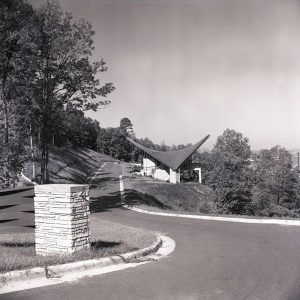 Murray Lock and Dam Overlook
Murray Lock and Dam Overlook
Entry Category: National
 Murray Lock and Dam Overlook
Murray Lock and Dam Overlook
 Carrie Nation
Carrie Nation
Nation, Carrie Amelia Moore
aka: Carry Nation
National Center for Toxicological Research (NCTR)
National Education Program
National Youth Administration
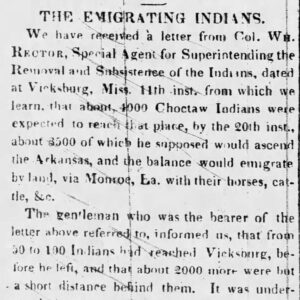 Native American Emigration Story
Native American Emigration Story
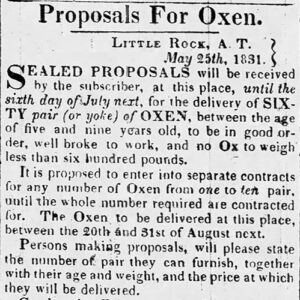 Native American Supplies Ad
Native American Supplies Ad
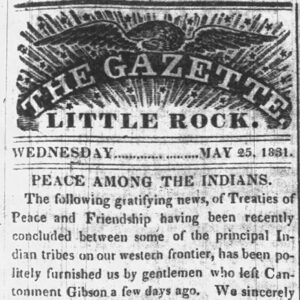 Native American Treaty Story
Native American Treaty Story
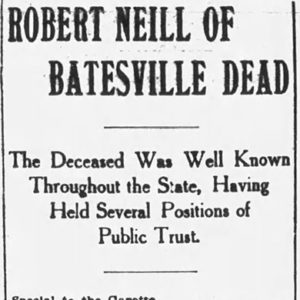 Neill Death Notice
Neill Death Notice
 Robert Neill
Robert Neill
Neill, Robert
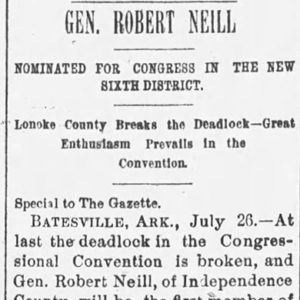 Robert Neill Article
Robert Neill Article
New Deal
Newton, Thomas Willoughby
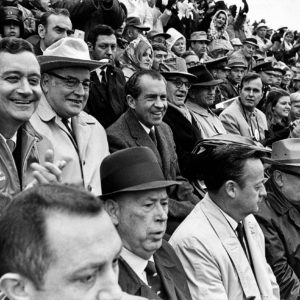 Nixon in Arkansas
Nixon in Arkansas
Norrell, Catherine Dorris
Norrell, William Frank
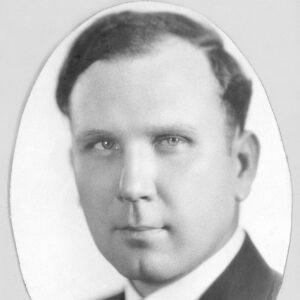 William Frank Norrell
William Frank Norrell
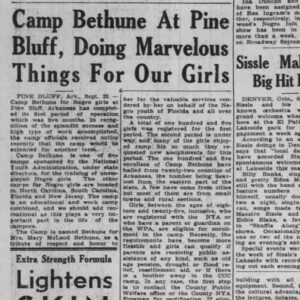 NYA Camp Bethune Show Article
NYA Camp Bethune Show Article
NYA Camp Bethune
aka: Camp Bethune
Office of Removal and Subsistence
Oldfield, Pearl
aka: Fannie Pearl Peden Oldfield
 William A. Oldfield
William A. Oldfield
Oldfield, William Allan
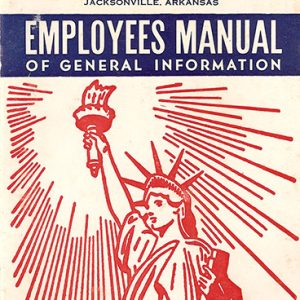 Ordnance Plant Employee Manual
Ordnance Plant Employee Manual
 Ordnance Plant I.D. Badge
Ordnance Plant I.D. Badge
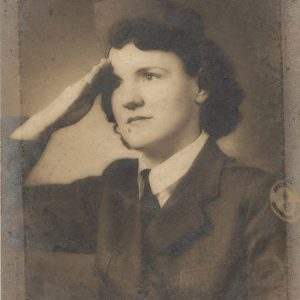 Ordnance Plant Worker
Ordnance Plant Worker
Pacaha
Pace, Frank
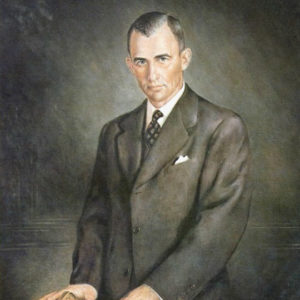 Frank Pace
Frank Pace
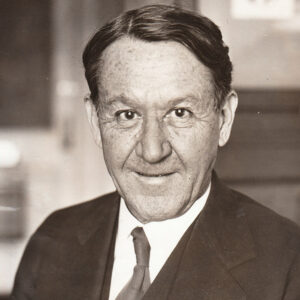 Tilman B. Parks
Tilman B. Parks
Parks, Tilman Bacon
Patterson, Anne W.
 Anne W. Patterson
Anne W. Patterson
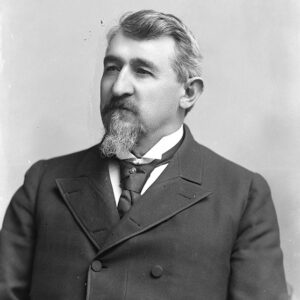 Samuel Peel
Samuel Peel
Peel, Samuel West
 Piggott Post Office Art
Piggott Post Office Art
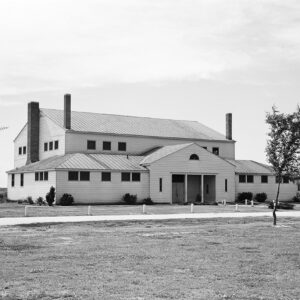 Plum Bayou Buildings
Plum Bayou Buildings
Plum Bayou Project
 Poindexter Article
Poindexter Article
Poland Committee
aka: Select Committee to Inquire into Conditions of the Affairs in the State of Arkansas
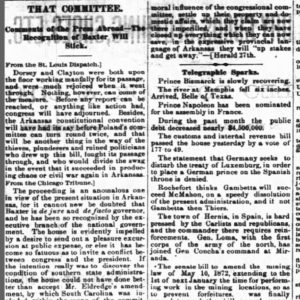 Poland Committee Article
Poland Committee Article
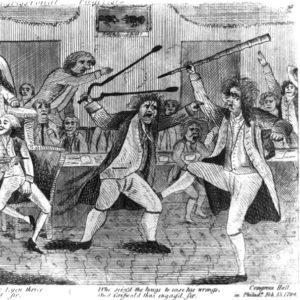 Political Cartoon of Brawl
Political Cartoon of Brawl
 Joseph Vorst's Post Office Mural
Joseph Vorst's Post Office Mural




